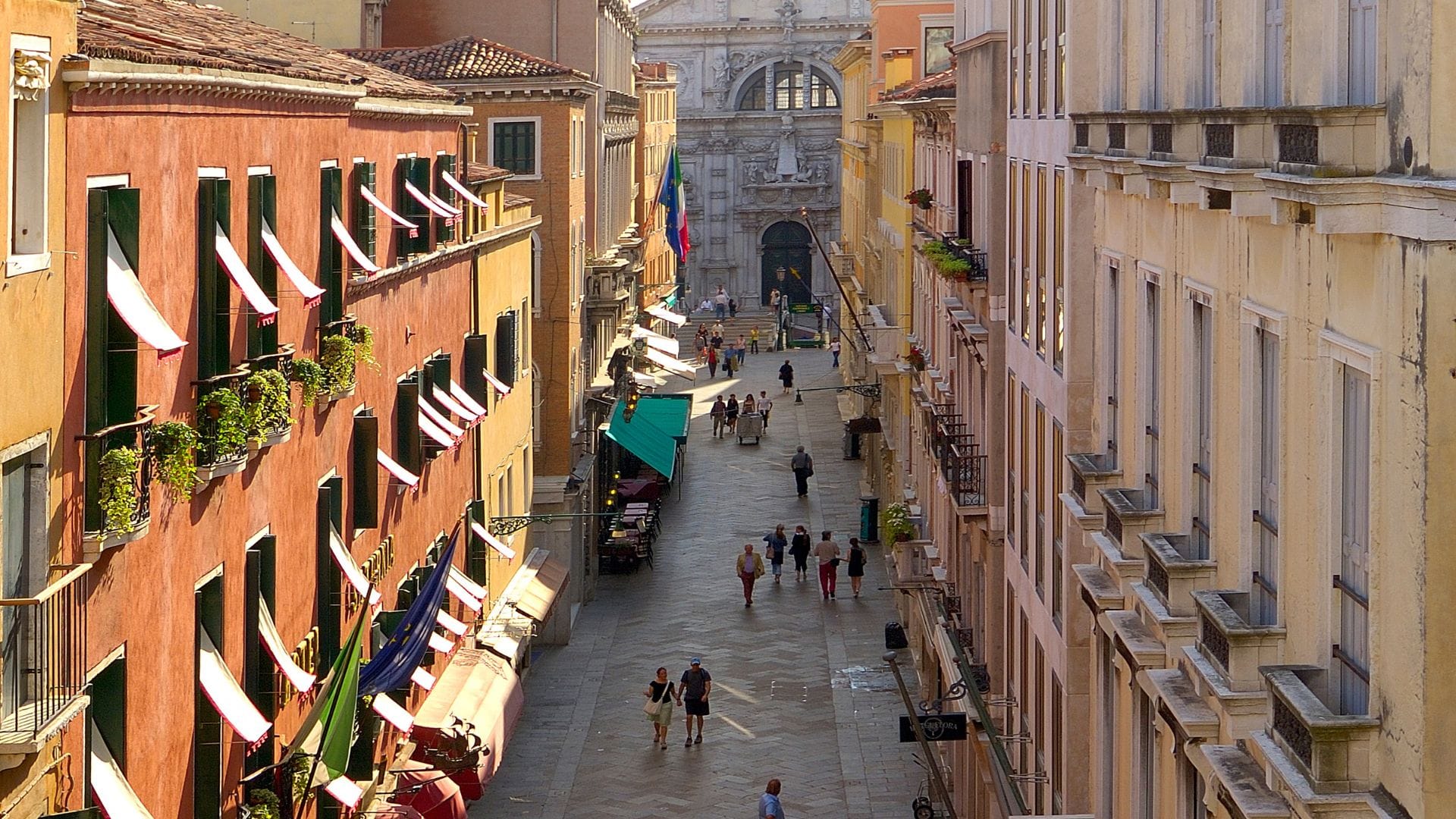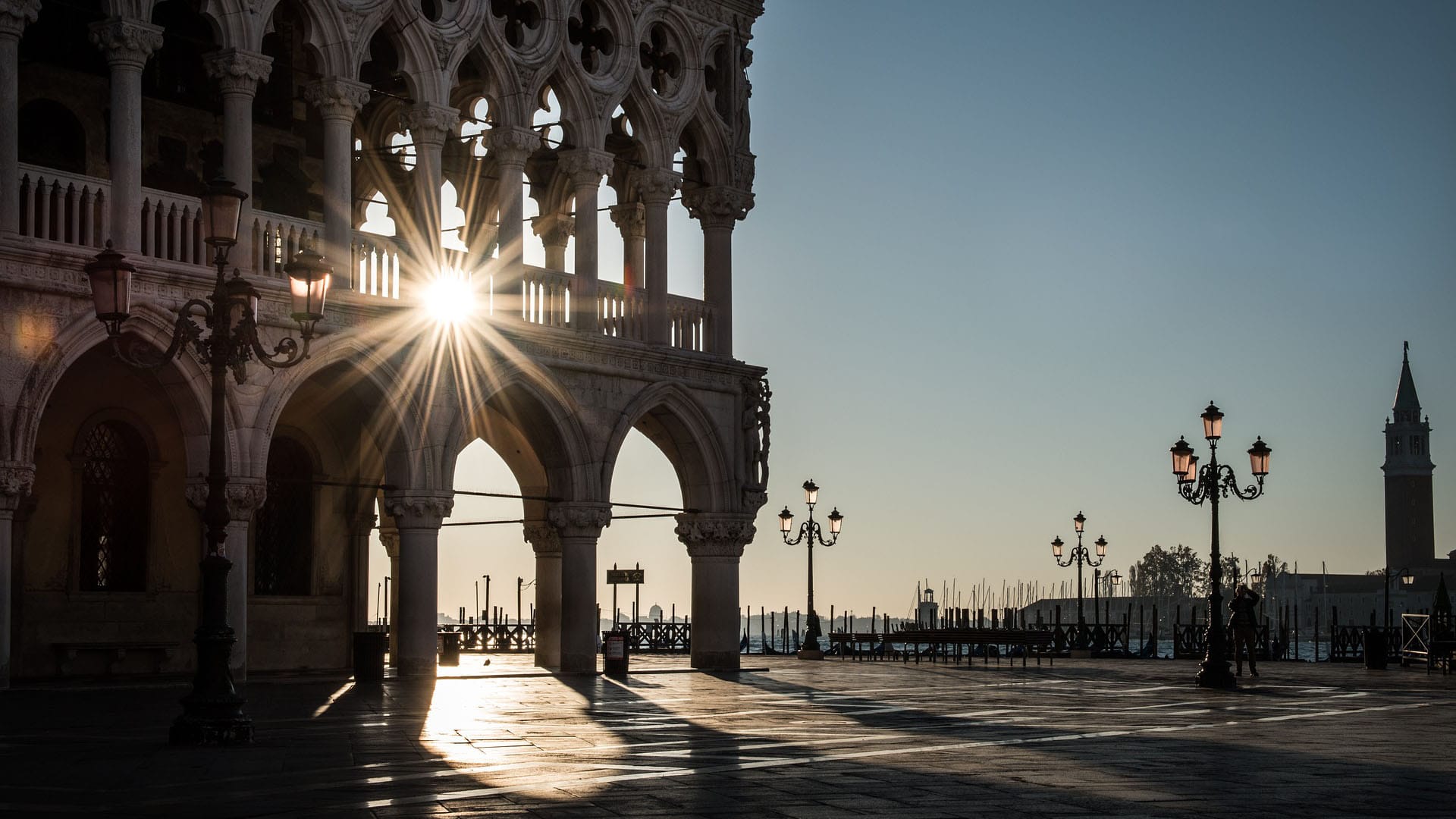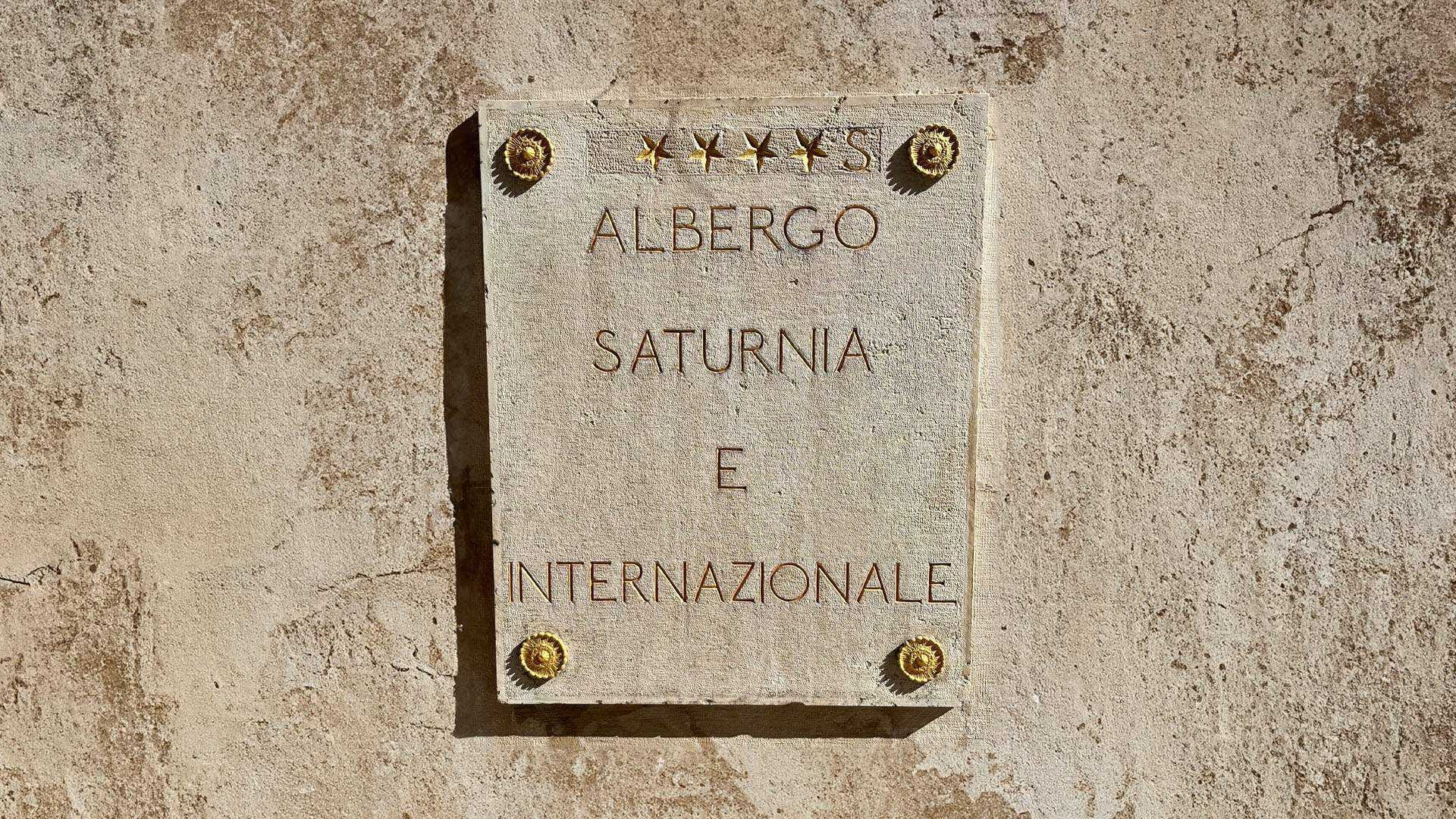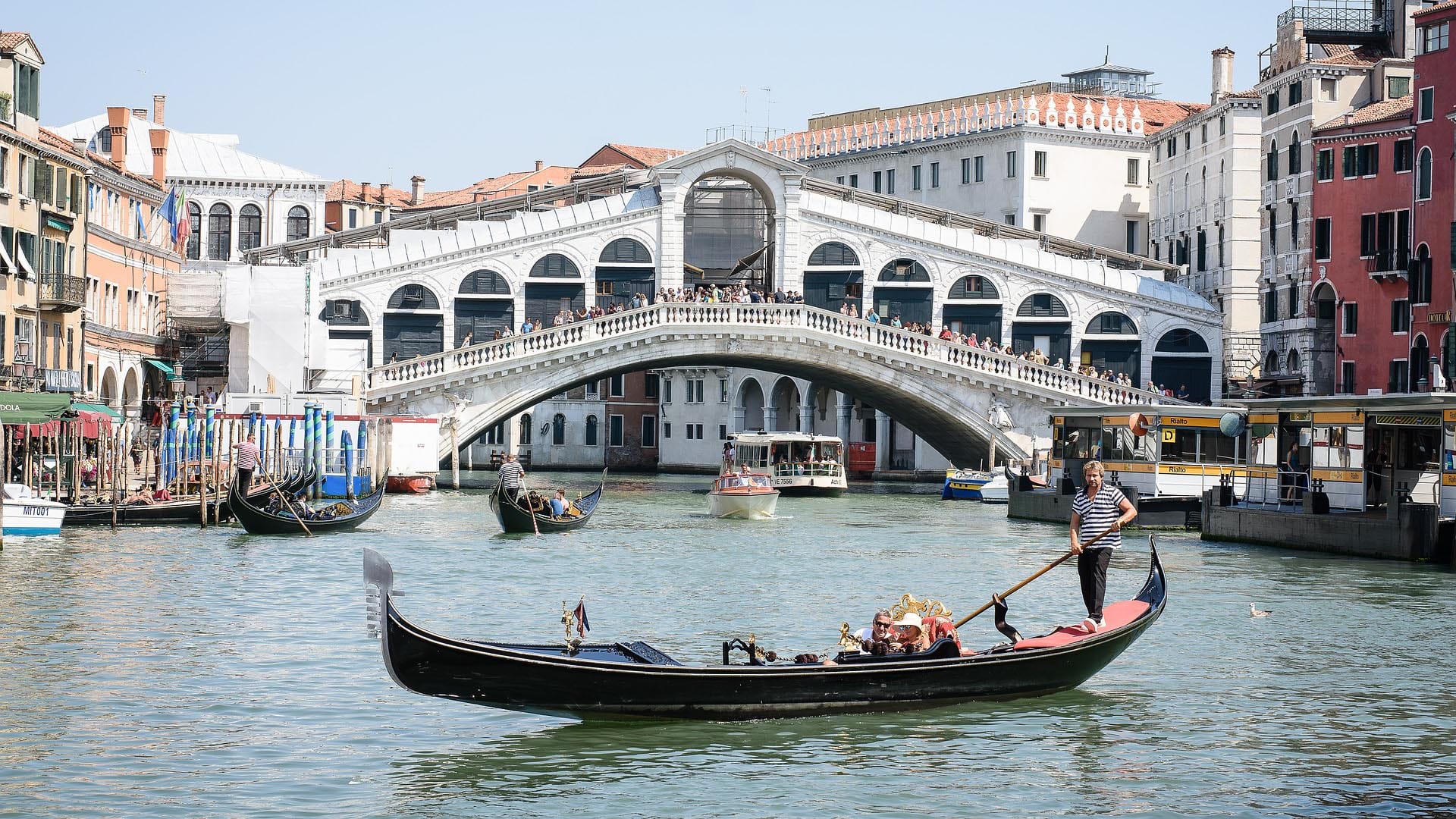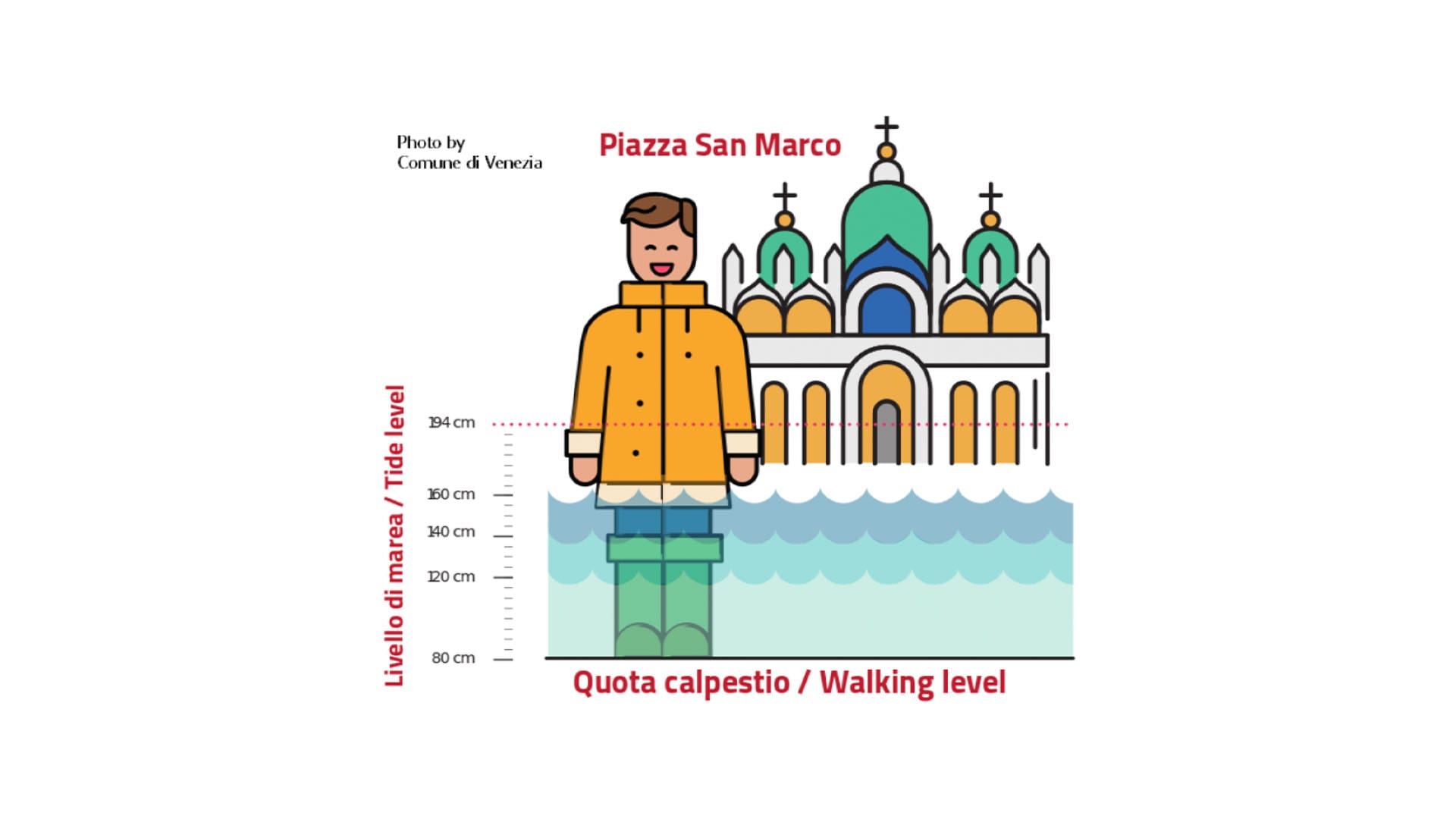
High Tide in Venice
High Tide in Venice
MOSE keeps the city dry during high tide
Venice is a unique city built entirely on water, which is precisely why it is affected, especially in the winter months, by the phenomenon called "high tide" that Venetians have become accustomed to living with for centuries. The advent of MOSE has revolutionized their way of life: every time it is operated, when a tide of at least 110 cm is expected, the city remains dry and daily life can continue as usual.
How does the high tide work?
The phenomenon of high tide is influenced by the astronomical tide and the weather conditions, in particular by the Scirocco winds. Like all tides, the water rises for 6 hours and then in the following 6 hours decreases as nothing happened.
On days when high tide is expected, the water enters the lagoon and raises the level of the canals. The height of the tide is measured in reference to the sea level zero, which means that if we assume a tide of 100 cm above sea level the quantity of water present in the calli (Venetian streets) will be only a few centimeters. In fact, 97% of Venice is located about 100 cm above the mid-sea level, and Piazza San Marco, one of the lowest points in the city, is always flooded. The other squares and streets, instead, will undergo possible flooding depending on the tidal peak reached. Once it reaches its maximum, the tide will begin to flow and the city to regain possession of itself.
As mentioned, the Venetians, used to this phenomenon, await the flow of water and then begin to clean up and resume their normal activities.
The tide center of the Municipality of Venice carries out constant monitoring, promptly informing citizens with sound signals in case of high tide. Furthermore, if the phenomenon persists continuously for 3-4 hours, Venice is still walkable thanks to raised pedestrian passerella, positioned at strategic points with the highest turnout.

The exceptional high tide
On November 12th there was an exceptional high tide, due to very unfavorable weather conditions for the city, with gusts of wind reaching 100 km / h. The peak reached 187 cm, the second highest high tide in the last 50 years. As mentioned, it was an exceptional episode and some parts of the city were more involved than others; but thanks to the hard work of our staff, we limited the damage and remained operational anyway and at any time.
The advent of MOSE
The Mose (experimental electromechanical module), a system of mobile dams positioned in the inlets of Malamocco, Lido and Chioggia, went into operation for the first time on October 3, 2020, blocking the entry of water into the lagoon and thus keeping the city dry. An extraordinary event that revolutionized the way of life for Venetians.
This gigantic work, which has generated controversy and discussion over the years, is activated when tidal peaks of 110 cm or more are expected, largely solving the problem of high tide. Only the lowest areas of the city (such as the St. Mark's Square area) may be flooded during a few hours.
High tide at the Hotel Saturnia & International
Our Hotel is located in Calle Larga XXII Marzo, an area close to Piazza San Marco but at the same time fortunately less affected by the phenomena of high tide, as it is slightly elevated compared to the Marcian area.
The MOSE now guarantees to work always dry but in the past our reception was involved by this event only when the peak reached at least 125 cm, a tide level defined as "very sustained" that does not happen so frequently.
Illustration by the City of Venice
Das könnte Sie auch interessieren
Wir sind mit der Nachhaltigkeitszertifizierung ausgezeichnet worden





